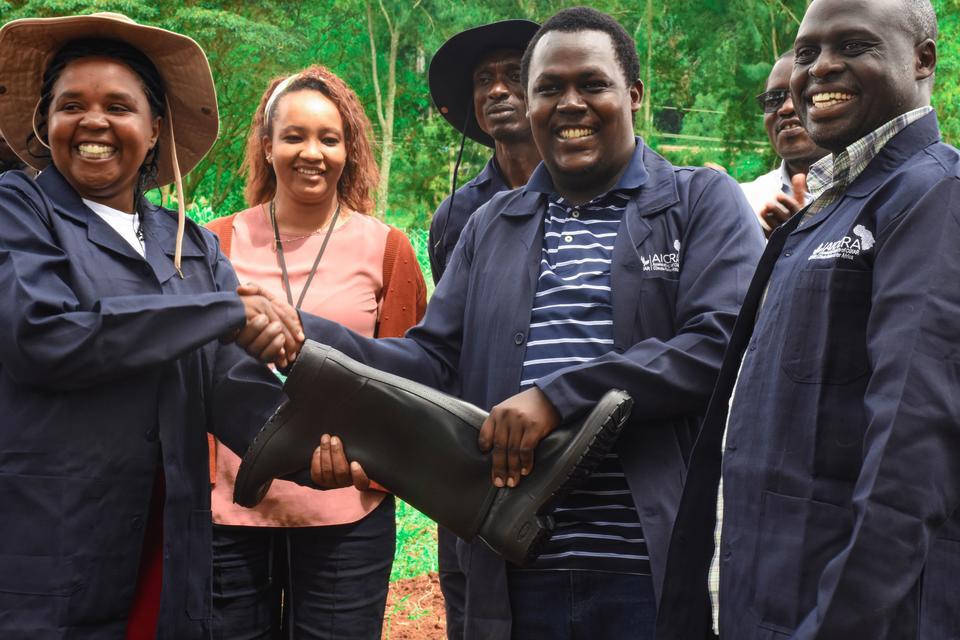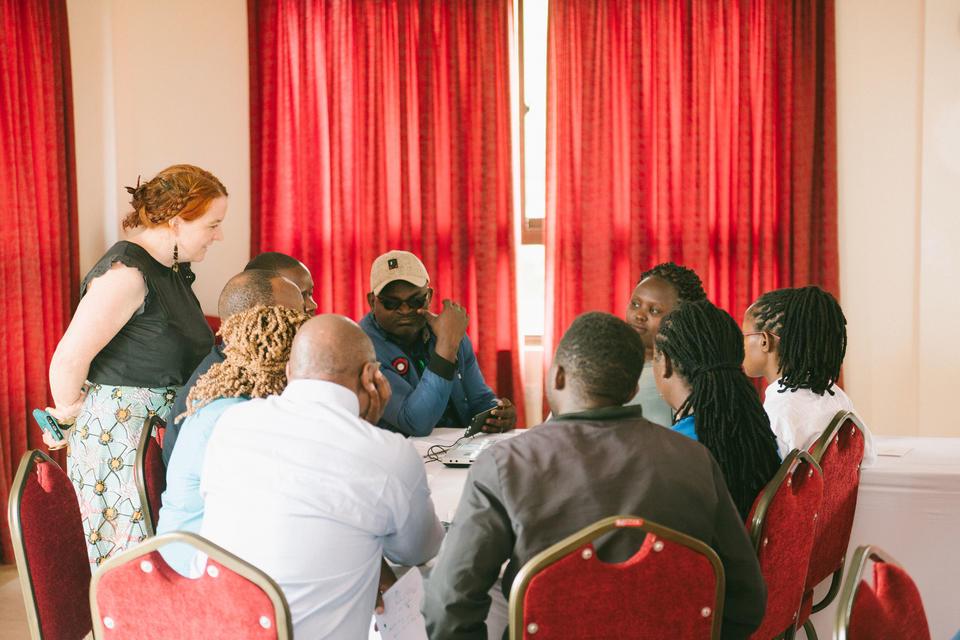Blog Siaya, Kenya: Breaking the Barriers of Tree Farming
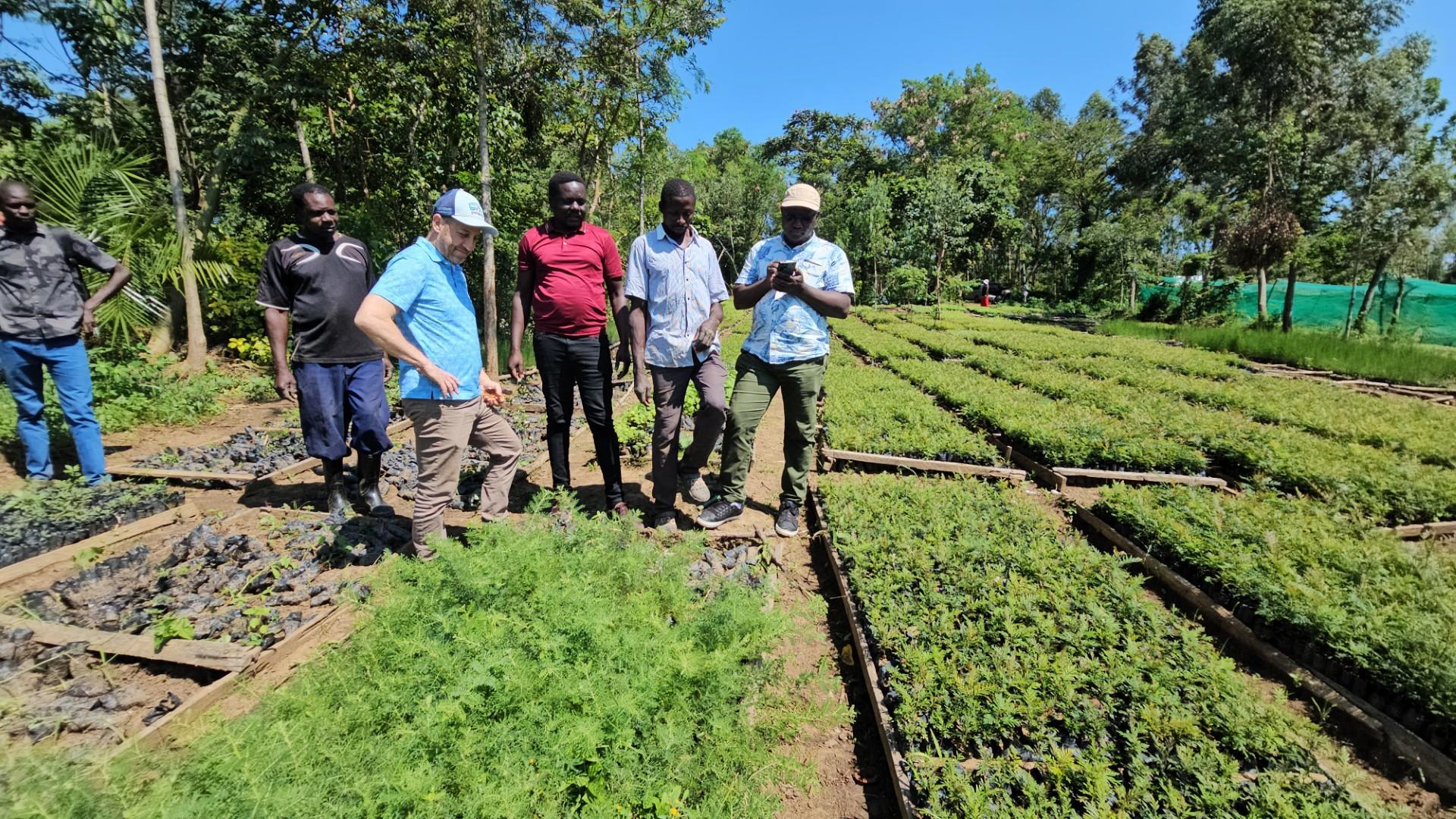
To restore lost biodiversity and increase tree cover in the Kenya, the Alliance of Bioversity International and CIAT - in partnership with the IUCN and with a financial support from the GEF - launched the My Farm Trees project in 2022. Implemented in the counties of Siaya, Turkana and Laikipia, the project is now also working in Cameroon.
By: Rachel Kibui and Francis Oduor
Siaya County, located in Kenya's Nyanza region, is renowned for its historical and political significance, rich cultural heritage, and stunning natural landscapes. The county has a tropical climate characterized by two rainy seasons: the long rains from March to June and the short rains from October to November. Annual rainfall averages between 1,200 to 1,800 mm, supporting lush vegetation and making the region ideal for crop farming.
Temperatures in Siaya County remain relatively consistent throughout the year, with average highs ranging from 26°C to 31°C. The area has high humidity levels, particularly during the rainy seasons. These climatic conditions benefit crop farming, as well as presenting a promising opportunity for increasing the county's tree cover.
In colonial times, one notable figure who promoted tree growing in Siaya County was Chief Odera Akang’o. A respected community leader, Chief Akang’o advocated for the planting of trees to address environmental degradation and improve soil fertility in the region. He encouraged the residents of Siaya to plant trees for shade, fuel wood, and to prevent soil erosion. Chief Akang’o's efforts strived to achieve sustainable land use practices and protect the environment for future generations.
Despite its favorable climate, and the efforts of Chief Akang’o, Siaya County has a low forest cover, ranking last among Kenya's 47 counties at 0.23%. It is only ahead of three other counties in terms of forest cover, ranking 44th at 5.23%. Given the increasing need to address climate change, the county's favorable climate must be taken as a significant opportunity to restore forests and increase tree cover in Siaya County.
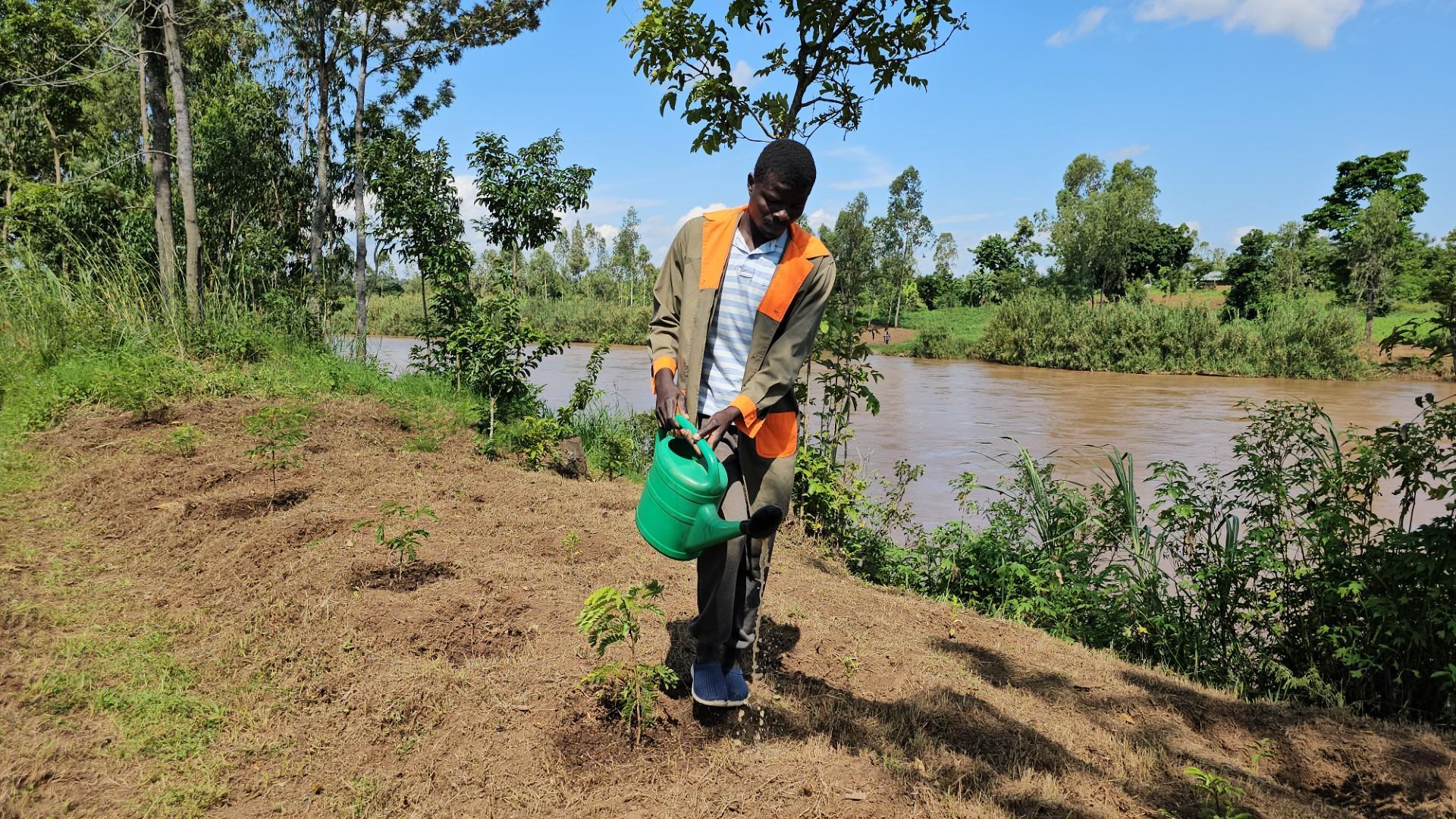
Overcoming the Setbacks of Tree-Growing
According to experts, one of the issues that have compromised forest and tree cover is the fact that the region does not have any gazzeted forests, but only gazetted hills. So, although integrating tree and crop farming would be ideal, there have been setbacks against this practice. “First, the communities do not view tree growing as a lucrative venture. Some myths and briefs discourage tree growing. For example, some people believe that growing the terminalia mentalis tree attracts death,” says Judy Ogeche, a scientist from Kenya Forestry Research Institute (KEFRI). Another challenge is gender inequality in land ownership, with men owning most available land, and women - some of whom may be interested in restoring tree cover - rarely have decision-making rights.
To increase tree cover and restore diversity, the Alliance Bioversity International and CIAT - in partnership with the International Union for Conservation of Nature (IUCN) and with a financial support from the Global Environment Facility (GEF) - launched the My Farm Trees project in 2022. According to Judy Ogeche from KEFRI, “the My Farm Trees project has motivated communities in Siaya to grow trees by providing seedlings and economic incentive for the trees that survive". Already, over 50,000 seedlings have been planted in the county. To provide the right seedlings, the project is partnering with Kenya Forestry Research Institute (KEFRI), Kenya Forests Services (KFS) and private tree nursery operators in the respective counties.
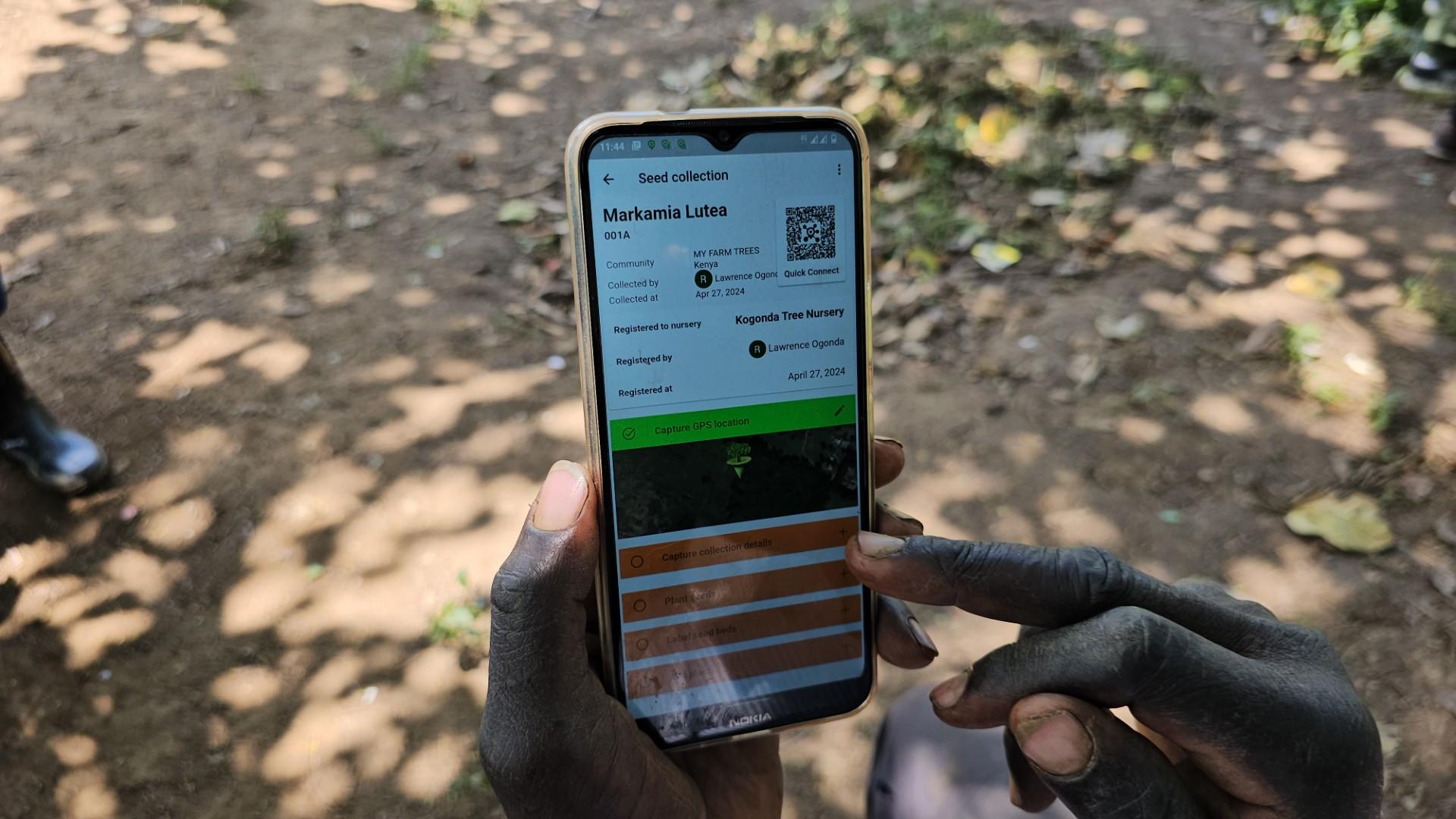
Farmers and Nursery Operators Registered on Mobile App
In the My Farm Trees project, participating farmers are registered on the MyGeo Farm App that allows them to monitor seedlings from planting to growing. Through the app, farmers can track and report progress. “Since the project was rolled out, over 1,300 farmers have been registered on MyGeo Tree App and over 100,000 seedlings have been planted across the three counties” says Francis Oduor, the National Project Coordinator. The project is especially interested in using indigenous trees for landscape restoration, that are native to specific areas and to enhance genetic diversity. To ensure the use of native varieties, the project team is working with KEFRI provide technical assistance to local tree nurseries to support the production of quality planting materials by offering trainings not just in their production in the nursery but starting right from the collection of the most appropriate and diverse seeds.
“Since establishing my tree nursery in 2016, I have been urging local farmers to plant trees, but the uptake has been rather slow, especially amongst young farmers”, says Lawrence Ogoda, a tree nursery operator. He is among those registered under the MyGeo Tree and MyGeo Nursery Apps, which help in collecting data and progress on seed collection, propagation and development at the nurseries.“Thanks to joining the My Farm Trees project, I have been trained on seed collection, raising seedlings and record keeping”, says Ogoda.
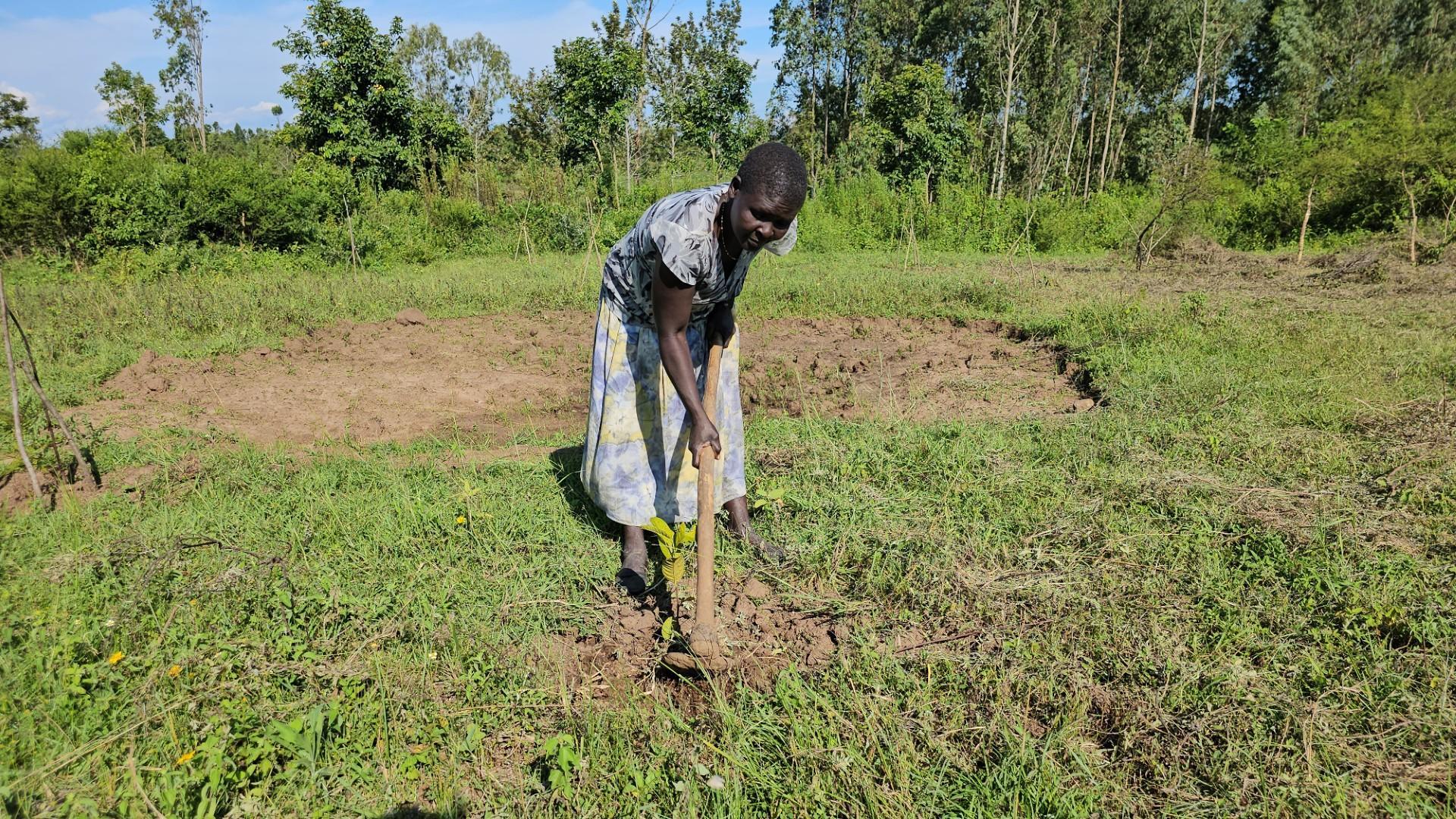
Committed to Tree-Growing in Anticipation of Incentives
Until she heard about the My Farm Trees project, Caroline Awuor had not given much attention to growing trees. She was among the first group of beneficiaries registered under the My Farm Trees project, receiving 110 seedlings of various species from the distribution center at the Stoo Pamba Chief's Office in her village, Ugenya. 104 of the seedlings have successfully survived and are thriving, she proudly reports. “Most of them are fruit trees including mangoes, avocado and jackfruit, while there are also some timber trees,” she says. With support from her family, she says she is committed to taking care of the trees, especially in anticipation of the incentives. She has set up fences around all trees to protect them from livestock, showing her commitment to increasing the tree cover. In preparation for the next round of seedling distribution, Caroline and her husband have designated an additional section of their land, strategically located near the River Nzoia, where they plan to plant another 1,000 seedlings.
For a long time, Morris Onyango watched helplessly as the floods of the river Nzoia swept away his farm's fertile soil, degrading his land. His solution arrived when he was gifted 175 seedlings of various trees which he planted along the river bank. “It is a win-win for me because I will reclaim the land, prevent erosion and receive incentives for taking care of the trees,” he says. When he finally receives payment, he adds, he plans to invest in some personal projects which he had to leave behind. “I don’t mind how I'll be paid, all I know is that I will be able to continue with projects that have long been stalled,” he says.
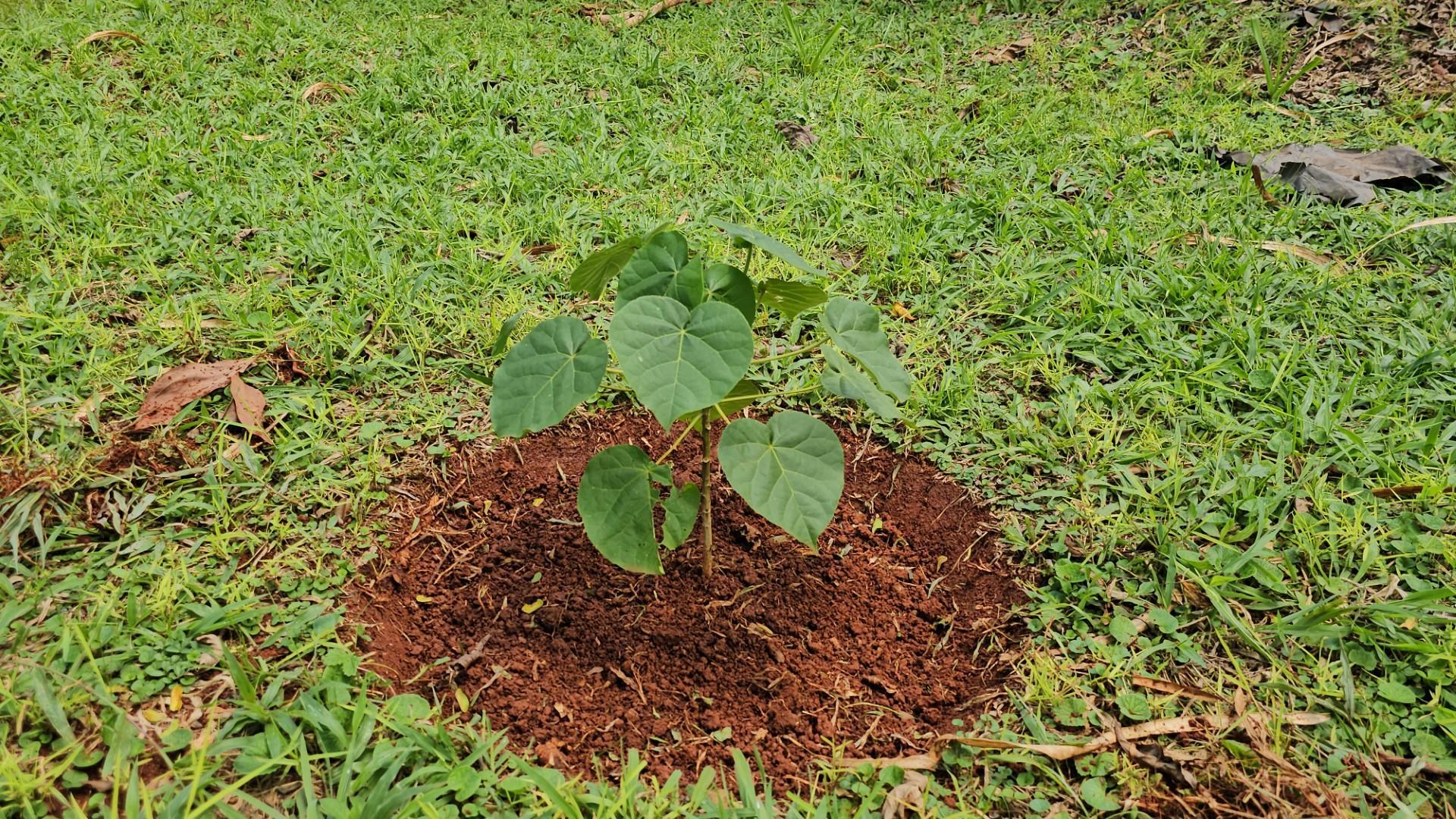
An Innovative Project
Joshua Schneck, the GEF and Green Climate Fund (GCF) Portfolio Manager for Global Programs at IUCN, describes My Farm Trees as an innovative project driven towards sustainable transformation. The project is supported by GEF while IUCN has been instrumental in its design and implementation. He highlights that the use of local seedlings has increased their chances of survival, as they are already adapted to the local climate.
The Team

Chris J Kettle
Principal Scientist, Lead Tree Biodiversity for Resilient Landscapes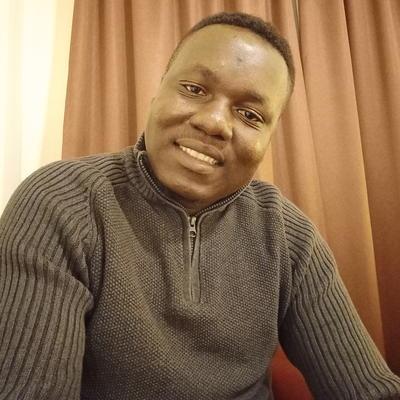
Francis Odhiambo Oduor
Research FellowAbout Siaya County
Covering approximately 2,530 square kilometers in western Kenya, Siaya County has a rich history, culture, and natural beauty. The County is divided into six sub-counties: Siaya, Bondo, Rarieda, Ugenya, Gem, and Ugunja, each with its unique characteristics and attractions.
Agriculture is the backbone of Siaya County's local economy. The fertile lands of Siaya are ideal for farming, and the region is known for its production of maize, sugarcane, and a variety of vegetables. Fishing is also a significant activity, especially in areas bordering Lake Victoria, providing livelihoods for many residents.
Siaya County is renowned for its cultural heritage, with traditional dances, music, and artforms celebrated as an integral part of the local identity. From a tourist perspective, the historic Thimlich Ohinga archaeological site (a UNESCO World Heritage Site), is a must-visit for history enthusiasts. The county's beautiful landscapes, including hills, rivers, and greenery, make it a picturesque destination for nature lovers.
With its rich history, vibrant culture, and stunning landscapes, Siaya County is truly a gem waiting to be explored.


